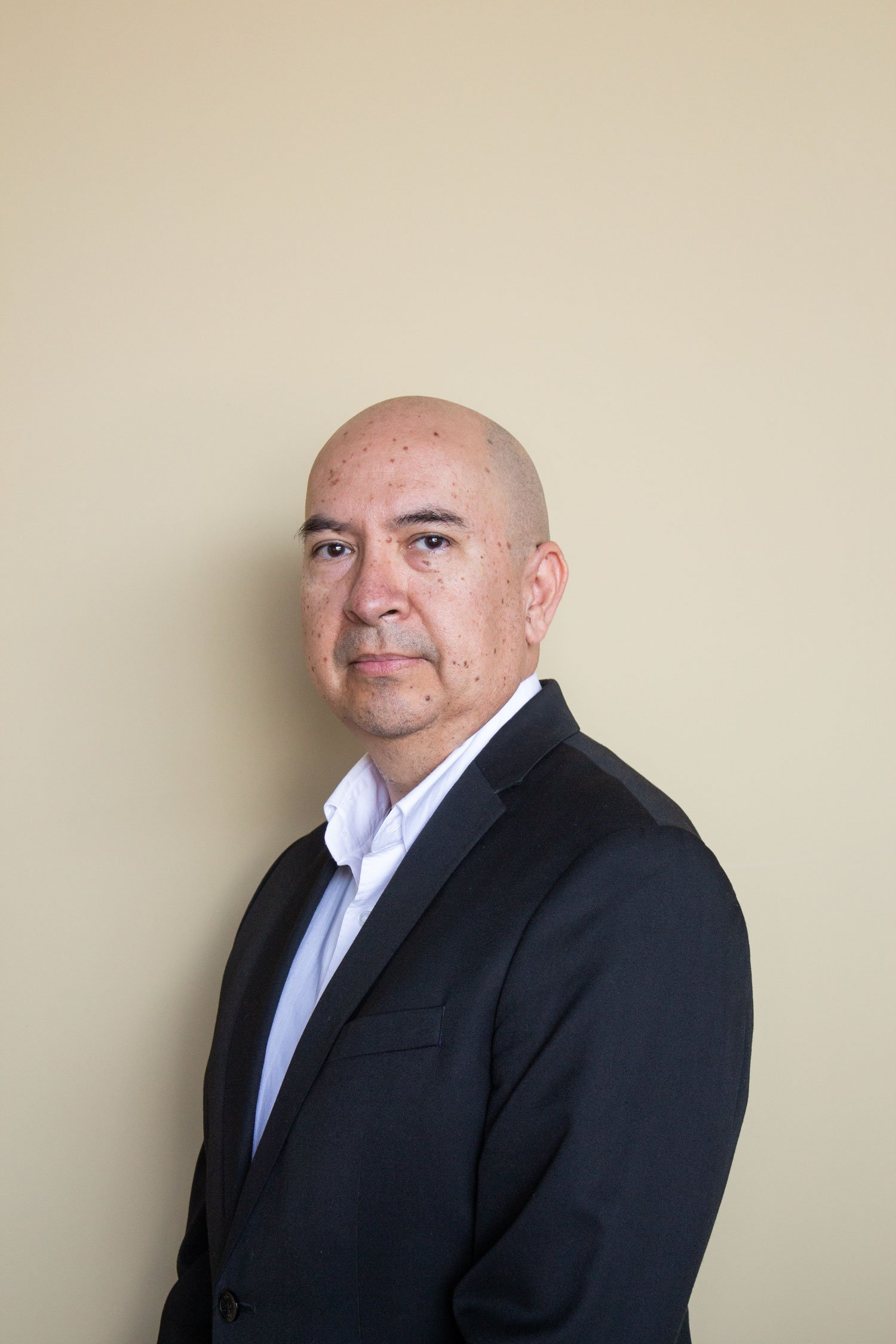Remote Hiring Red Flags: Why Vetting Matters
- Faked résumés
- Proxy interviews
- Inconsistent skill levels
- Developers ghosting after onboarding
- Communication breakdowns
Chapter 1: The Rise of Remote Hiring—And the Trust Problem
Let’s face it—remote development is here to stay.- Global access to talent
- Lower operational costs
- Diversity of thought and experience
- 24/7 development cycles
- “Did they really build that project on their résumé?”
- “Are they copy-pasting from ChatGPT or Stack Overflow without understanding?”
- “Will they ghost us after a week?”
- “Can they work within our team dynamics, not just crank out code?”
Chapter 2: The Hidden Risks of Unvetted Remote Developers
Hiring a bad developer is always costly—but doing it remotely? That’s a recipe for disaster. Let’s break down the real risks you’re facing.Identity Fraud and Proxy Interviews:
This is more common than you’d think. A candidate interviews well—maybe too well—and nails your coding test. But once hired, the quality drops off a cliff. Why? Because the person who interviewed isn’t the one doing the work. Fake candidates, shadow developers, and third-party “helpers” are a growing problem—especially when working through platforms that prioritize speed over integrity.Skill Misrepresentation
It’s one thing to exaggerate on a résumé. It’s another to completely fabricate experience. From copy-pasted portfolios to inflated project descriptions, many remote candidates look great on paper—but can’t deliver in practice. As a hiring manager, your only real defense is deep vetting—and most companies aren’t equipped to do that remotely, at scale.Time Zone and Communication Misalignment
Even if you find someone technically solid, mismatched communication styles, lagging time zones, and lack of cultural context can grind collaboration to a halt.- Standups feel like status reports, not team check-ins
- Questions go unanswered for hours
- Deadlines slip because expectations weren’t aligned
Flaky Freelancers and Attrition
Without strong engagement models, developers may vanish—literally. They get a better offer, ghost your PM, and leave your project mid-sprint. Or they burn out because they weren’t set up for success. A bad remote hire doesn’t just slow your roadmap—it can destabilize your entire team.Chapter 3: The True Cost of a Bad Remote Hire
Let’s talk numbers.Time Wasted
- 10–15 hours to source, interview, and onboard
- 4–6 weeks of ramp-up before you realize it’s not working
- Even more time spent offboarding and restarting the process
Money Burned
- Paid salary for weeks or months
- Wasted project hours
- Lost opportunity cost from missed deadlines
Team Frustration
- Review fatigue from bad code
- Loss of trust in leadership
- Morale dip when projects stall or rework piles up
Chapter 4: What Makes a Developer “Vetted”
At Scio, we’ve spent the last 20 years refining our definition of a “ready-to-join” developer. Here’s what that means to us—and to the companies we partner with.Verified Identity and Experience
- Interviews conducted by our internal senior engineers
- Code samples and live problem-solving sessions
- Deep dives into past projects with real-world context checks
Technical Skill Assessment
- Language- and framework-specific challenges
- Real-time coding interviews
- Peer code review simulation
Communication Proficiency
- English fluency assessments
- Cultural compatibility screenings
- Agile ceremonies simulation
Collaboration Mindset
- Evaluated for proactivity, feedback handling, and team dynamics
- Familiar with remote tools (Jira, Git, Slack, etc.)
- Comfortable with async and synchronous workflows
Long-Term Fit
- No freelancers looking for short gigs
- Full-time team players
- Backed by Scio’s ongoing support, HR, and learning ecosystem
Chapter 5: Why Scio Consulting is a Trusted Nearshore Partner
Hiring great developers isn’t just about filtering résumés. It’s about having a system—and a culture—that consistently produces success. Here’s how Scio does it differently.Nearshore Advantage
Our developers are based in Mexico and Latin America, offering:- Shared or overlapping time zones
- Strong English communication
- Familiarity with U.S. work culture
- Travel-friendly proximity if needed
In-Depth Vetting Process
Every developer undergoes a multi-stage selection process that includes:- Soft skill and communication evaluation
- Technical assessments aligned to your stack
- Live interviews and pair programming sessions
Cultural Fit and Retention
We build long-term relationships—not body shop rosters. That means:- Developers are committed to your product and your team
- Low attrition thanks to strong engagement
- Ongoing growth plans and mentorship to keep motivation high
Seamless Augmentation, Not Disruption
Scio developers are trained to integrate into your existing team, not work in a silo. They join your standups, adopt your tools, and match your delivery style. You get full team members, not external resources.Chapter 6: How to Evaluate a Remote Talent Partner
Not all staff augmentation firms are created equal. Here’s how to vet your vendor.Questions to Ask
- How do you assess both technical and communication skills?
- Can I see examples of the candidate’s previous work?
- How do you ensure cultural compatibility?
- What happens if a developer isn’t working out?
- Do you provide post-placement support and mentorship?
Red Flags
- “We can get you someone in 24 hours” (that’s speed, not vetting)
- No clear evaluation framework
- Generic resumes with no context
- Lack of transparency or willingness to iterate
What to Look For
- A partner who listens
- A process you can understand and trust
- Developers you’d want to work with long-term
Conclusion: Build Smart. Hire Real.
Hiring remote developers is no longer a trend—it’s a core part of modern software development. But doing it right means facing the trust issue head-on. Don’t hire based on a résumé alone. Don’t rely on AI-written code samples or LinkedIn buzzwords. Hire real people. With real skills. Backed by real partnerships.Scio Can Help
At Scio Consulting, we help software companies build high-performing, nearshore teams with vetted, fully integrated developers from Mexico and Latin America. Our engineers are more than coders—they’re collaborators, problem-solvers, and long-term contributors trained for remote success from day one.
If you’re looking to augment your development team with talent you can trust, let’s talk.


